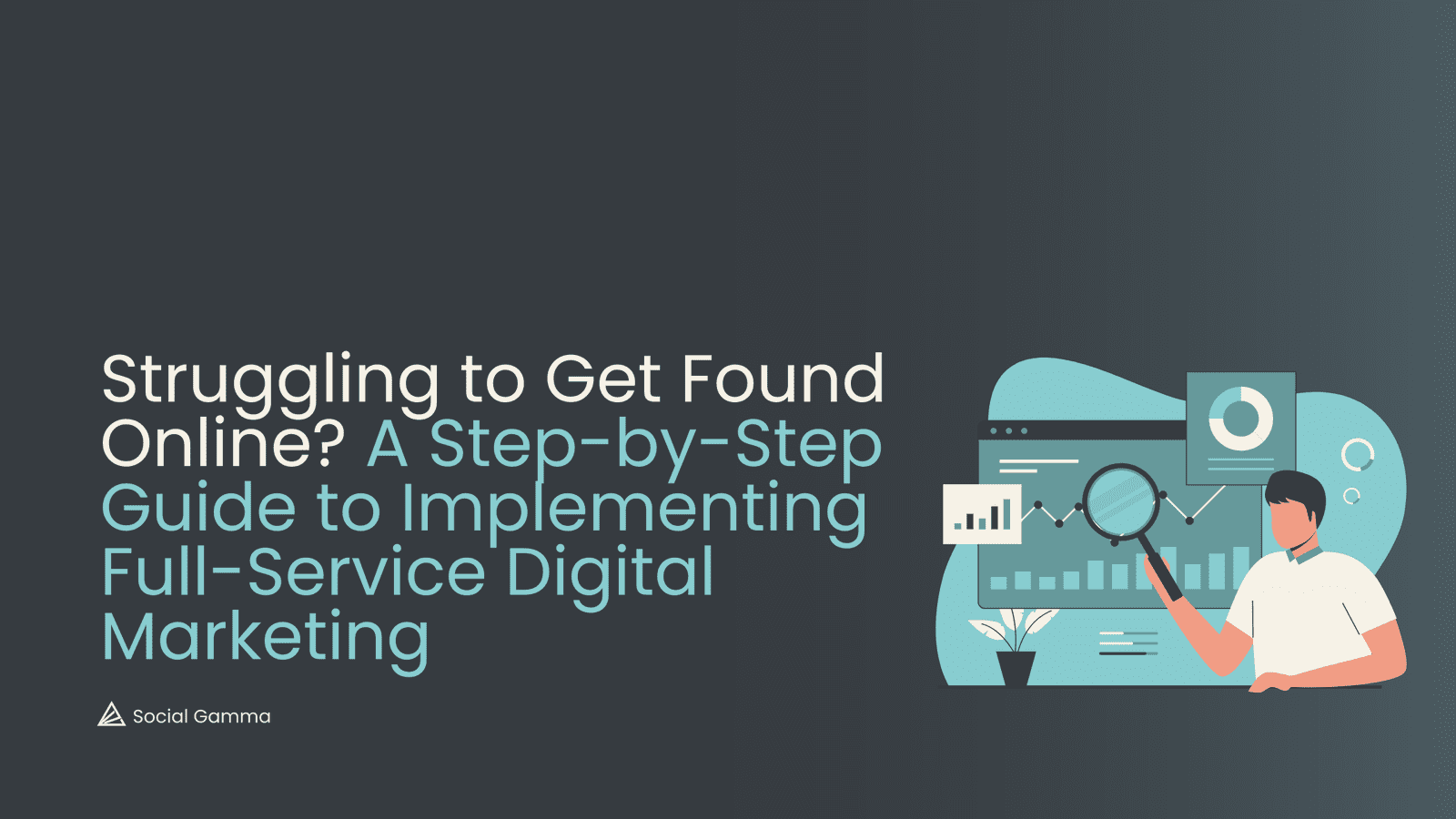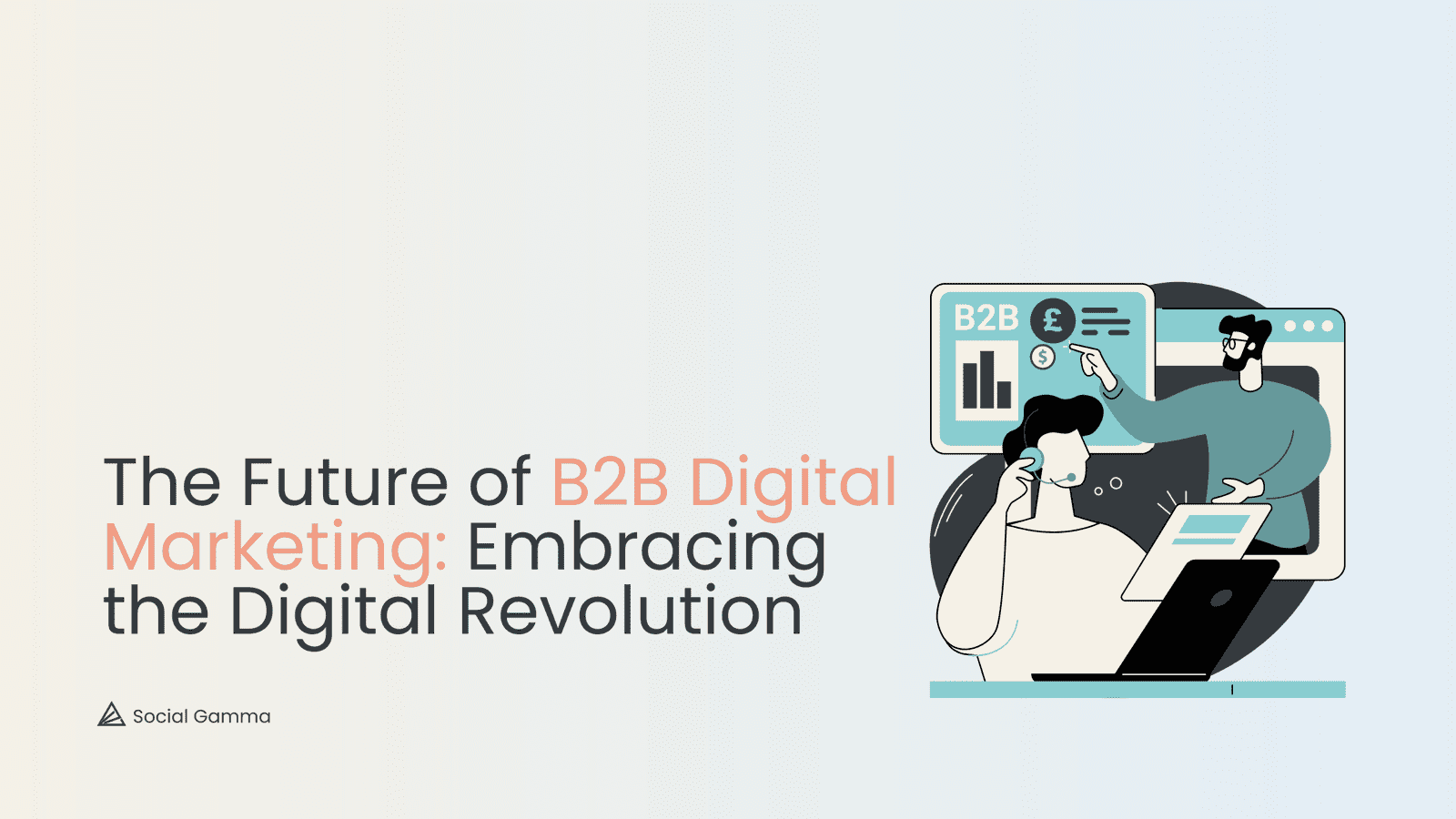With the increasing rise of data regulation and private sector privacy initiatives, marketers will have to find new ways of communicating with, and understanding, their customers and key audiences. This means that digital marketing will have to evolve, from an era of data over-abundance to an era of more precise marketing efforts.
‘Necessity is the mother of invention’
The development of increased data privacy for individual users, means that more time will have to spend on the strategic planning of marketing activities. This is especially the case for brands, which will have to consider their place within their own brand ecosystem, so they know how to most effectively deploy resources.
This could be considered a disadvantage, as brands will have to spend more time researching and analysing target audiences so they can market to them effectively. However, this hurdle could become the basis of strategic approaches which utilise new forms of data or insights, which were not used to their maximum capability until necessity called for it. So rather than relying solely on 3rd party data to market products, new methods could be invented which communicate more effectively with consumers, investors and wider audiences better than before.
The other advantage of this data development is that marketers will have more defined categories of consumer characteristics. This is because if data becomes more derived from first-party sources, marketers could gain more valuable insights into what is likely to affect a consumers purchasing decisions, by understanding the specific psychological and subjective preferences specific to each consumer. This means that brands can have an increased understanding of their primary customers, increasing the potential for conversions.
You don’t need to know everything
As the trend towards diminishing 3rd party data continues, the use and reliance on macro marketing insights within specific industry contexts will become increasingly important. This is because while 1st part data sets can give you insights into your audience’s behaviours and people like them, it doesn’t necessarily reflect the broader attitudes or behaviours of potential customers.
By using a combination of macro insights with data acquired by the brand itself, whether that be data given by consent, gathered through a transaction, or anonymised. By using both the macro trend data in conjunction with microdata accumulated by a brand, accurate customer personas can be developed to make marketing highly effective and personalised. This approach can generate an accurate understanding of the dynamics between the market, the brand, and its products and services.
Embrace the new situation and get ahead of the competition
By understanding the coming developments in data privacy, marketers can get ahead of the trend, giving themself, their team, company or agency a market advantage. This is because as other teams and organisations work to assimilate new knowledge, early adopters will have already adapted, which will have given them time to test new strategies.
If you found this article interesting and useful, follow us on our social media channels to stay up to date with our weekly digital marketing insights.

